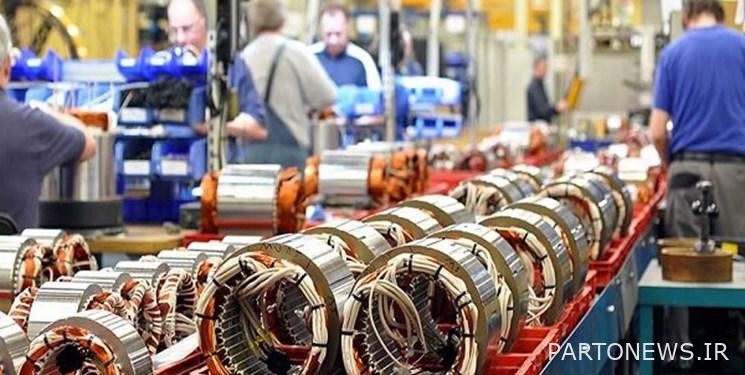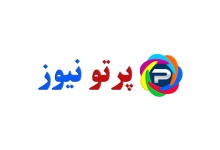How to get the economy back on track for sustainable growth

According to the economic correspondent of Fars News Agency, when the gears of a smooth economy work without conflict, it means the growth and well-being of the economy. For many years, the economy has faced many ups and downs and the activities of various sectors have not had the desired added value. It should be noted that “the GDP ratio has not only not increased over the past 10 years compared to 1990, but has also disappeared.”
In other words, the added value of the economic sectors has decreased at a fixed price and it has not been able to recover in two periods of Rouhani’s government and reach the previous level. The amount of investment, productivity and distribution of income and the level of employment and production were overshadowed by the negative growth of the economy, which includes the decline of economic indicators such as rising inflation, rising Gini coefficient, and declining levels of employment and production.
The chart below shows the economic growth trend of the country in the years 1351 to 1399.
The shrinking cake of the country’s economy can be touched by increasing per capita production. To calculate per capita, GDP is divided by population to determine each person per capita. At present, per capita production is lower than in the years when we had favorable economic growth.
Of course, in some years, due to the use of the empty capacity of the oil industry, economic growth has improved, but not all sectors have grown in parallel, and the so-called bubble growth has been created. According to the latest statistics, we are witnessing an exit from the depths of the recession, and in consecutive months, the Central Bank and the Statistics Center are announcing the growth of production and the value added of the sectors.
* Decline in per capita income in the 90s
GDP per capita at constant prices in 1399 is lower than per capita production in 1390, and this indicates the high intensity of the economic recession in the 90s. According to the statistics of the Central Bank, in 1999, per capita production reached a fixed price of 77 million rials, which is far from per capita production in 1996.
* Negative consequences of economic growth
Negative economic growth has a variety of consequences, including inflation and recession, declining investment and declining other indicators. A clear example is the direct effect on the formation of gross capital (machinery and construction).
During the Sixth Plan, despite targeting the rate of gross capital formation below zero and even negative, it means capital outflow and rising depreciation costs. Also, the average growth of capital formation in the 90s was close to zero.
With the coming to power of the 13th government, the path of returning the Iranian economy to the path of growth has been paved and planning has been done to achieve the goals of the Plan Law and the Sixth Development Plan. In the 1401 budget bill, by considering resources towards propulsion and production, growth is considered by focusing on provincial capacities.
According to statistical analysis, it will take 6 years to reach the level of production equivalent to the production resulting from the continuous growth of 3% in the 1990s, with an economic growth of 8% in 1407.
In this chart, the growth rate of the economy is estimated with the current situation, and if the current situation improves, we can see the growth of per capita production with its continuation.
According to the chart above, if the minimum economic growth of 3.2% per year was maintained with proper and targeted planning from 1990 onwards, the economic growth rate would be improved so that by the end of 1404 (in 14 years) about 50% of GDP The country was growing. In order to achieve the goal of the Sixth Development Plan Law from 1401 to four years later, an economic growth of 8% must be created in order to reach the mentioned level of GDP.
* Economic growth requirements
As a rule, the realization of economic growth has requirements that are designed for various sectors, including 6.9% growth services, 11.3% growth in construction, 9% in agriculture, 12.5% in industry, 7.8% in crude oil and other mines, and 5% in energy.
Seyed Massoud Mirkazemi, head of the Program and Budget Organization, referring to the low growth of recent years despite investment and spending resources, said that we want to increase 4.5% growth through investment and 3.5% productivity to 8% economic growth for 1401 Be realized.
In order to reach these figures, the share of resources in each section must be determined. In this regard, an official in the Program and Budget Organization tells Fars: It is predicted that 900 thousand billion tomans through the resources of banks and 160 thousand billion tomans by equipping resources in next year’s budget contributed to economic growth.
He emphasized: 160 thousand billion Tomans will be implemented through the Fund for Progress and Justice and will be leveraged with other resources and will be used for investment and production.
The official said: Also the capital market, government companies, the National Development Fund and the private sector are involved in this action. In total, the required investment at the current price will be more than 3000 thousand billion tomans, part of which is equivalent to 700 thousand billion tomans according to next year’s budget provisions and other laws will be provided from oil refining and other methods.
End of message /
You can edit this post
Suggest this for the front page
.

